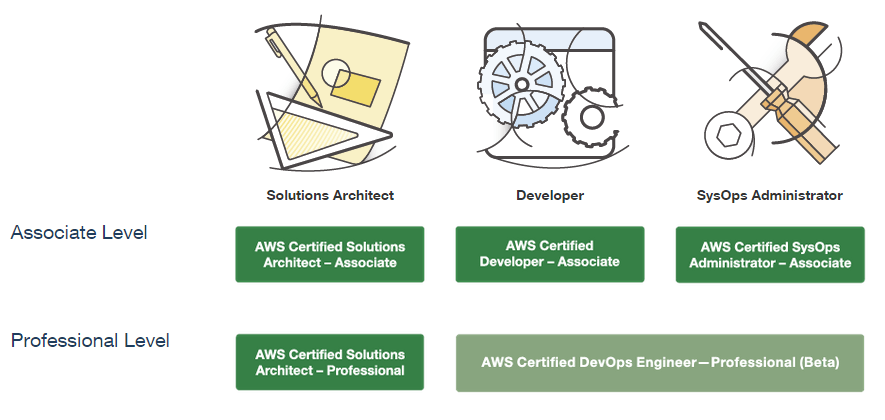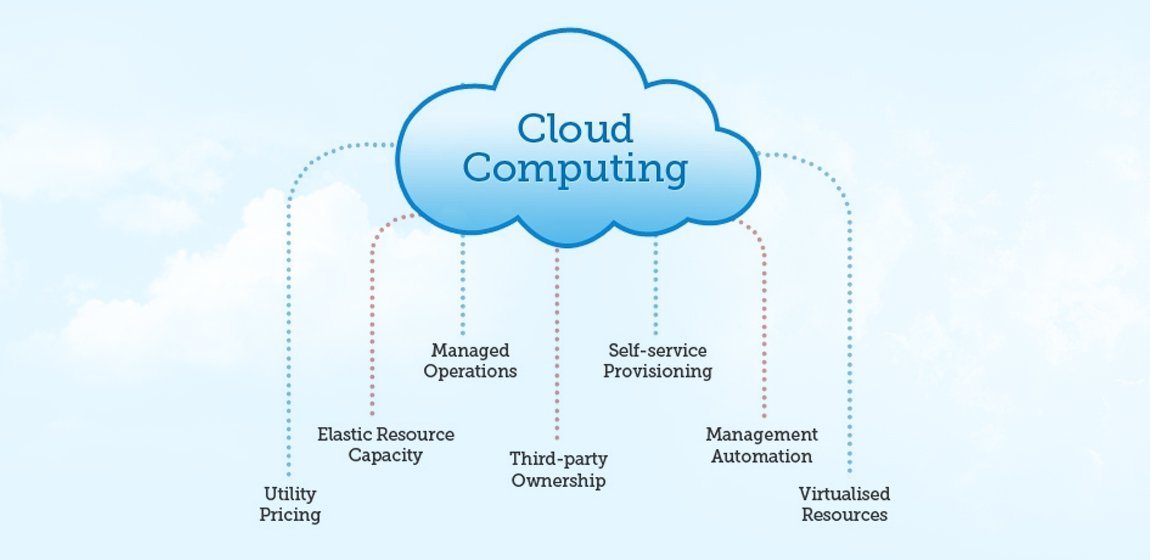Today’s data-centric world has introduced all sorts of different ways to manage data. Cloud computing, commonly known as the Cloud, enables servers hosted on the Internet to interact with data and enables its users to have quicker access to information. The idea of having information at your fingertips instead of having to rake through unorganized data has been appealing to many organizations, leading to over 50% of them making the shift to the Cloud. However, how to actually make the transition may seem a bit daunting, as there are a lot of factors to consider.
When you go through the process of deciding which cloud provider is right for you, here are four parts to include in your decision-making process to ensure you are making the best decision possible.

Contents
Part 1: Does the cloud provider match your needs?
The first step is to evaluate why you need cloud services and find a provider that matches these. Are you interested in general cloud computing services, but do not have an exact service in mind? A general cloud service provider, such as Amazon Web Services, Rackspace, IBM, Google, Oracle, SAP or Microsoft Azure could be the right fit for you. Or are you interested in something specific, such as a way to do online accounting and manage your personal finances and budget? QuickBooks and Mint by Intuit could be the perfect software-based solution that fits your needs. There are so many different options out there, so it really comes down to finding the solution that is able to do the most of what you are looking for. It is also helpful to keep in mind what exactly you are looking for and how you are looking to use it. Perhaps you imagine your cloud provider connecting with another service, or having specific support hours available to you. It is worth the time to find the option that fits your needs best.
Part 2: Pricing Structure
Pricing is a generally a major factor when it comes to choosing a cloud provider. You should really only pay for what you actually use. When it comes to costs, be aware of the complete pricing structure, not just the price initially provided to you. Some providers charge hourly, while others charge monthly, semi-annually or annually. The actual costs can vary just the same. For example, one provider may charge by users per month or active users per month. Keep in mind that a pay-as-you go system is standard and large upfront costs certainly are not.
Part 3: Security
Mike Foreman, a general manager at AVG Technologies, says “You’ve got to be sure that you’re completely comfortable with your cloud provider’s approach to security.” Security is never something to be taken lightly. Be sure that you feel confident with a cloud provider you choose to move forward with, especially when it comes to security. Trust is crucial, just as much as open communication about expectations and any doubts. Cloud providers should have several security measures in place. Keep a look out for: industry-specific compliance standards, anti-virus detection, user authentication, firewalls, routine security audits, who at your cloud provider’s organization would have access to your information and how they monitor that, and where your data would be stored exactly. Ask any question that comes to mind for security. When it comes to doing business with anyone, security and the underlying trust is key. This is no different when it comes to choosing a cloud provider.
Part 4: Become your own expert
Many platforms online offer learning paths that enable users to learn by doing and become an expert individually. If you want to know more about cloud computing and become your own expert, there are many courses you can take online. Cloud Academy, for example, offers a variety of courses and even platform-specific accreditations such as DevOps certification. It is definitely worth taking advantage of the resources online to learn more about different cloud providers and get hands on experience with their offerings.
With so many options to choose from, ensuring your needs are met to the best of any cloud provider’s ability, pricing, security and your own understanding of cloud computing will be extremely helpful to decide between cloud providers. Needs and budgets may change over time, but once you go through the process of choosing a provider once, it all becomes easier to manage. Talk with other professionals you trust and ask providers any question that comes to mind. You will thank yourself later for the time and research you put into the decision.

This is Rohan, I’m a Digital marketing Expert, Full time Content Writer and founder of BoxerTechnology.com I can help people across the world through my articles. I am sharing the latest stories from companies like Apple, Samsung, Google, and Amazon.



Leave a Reply